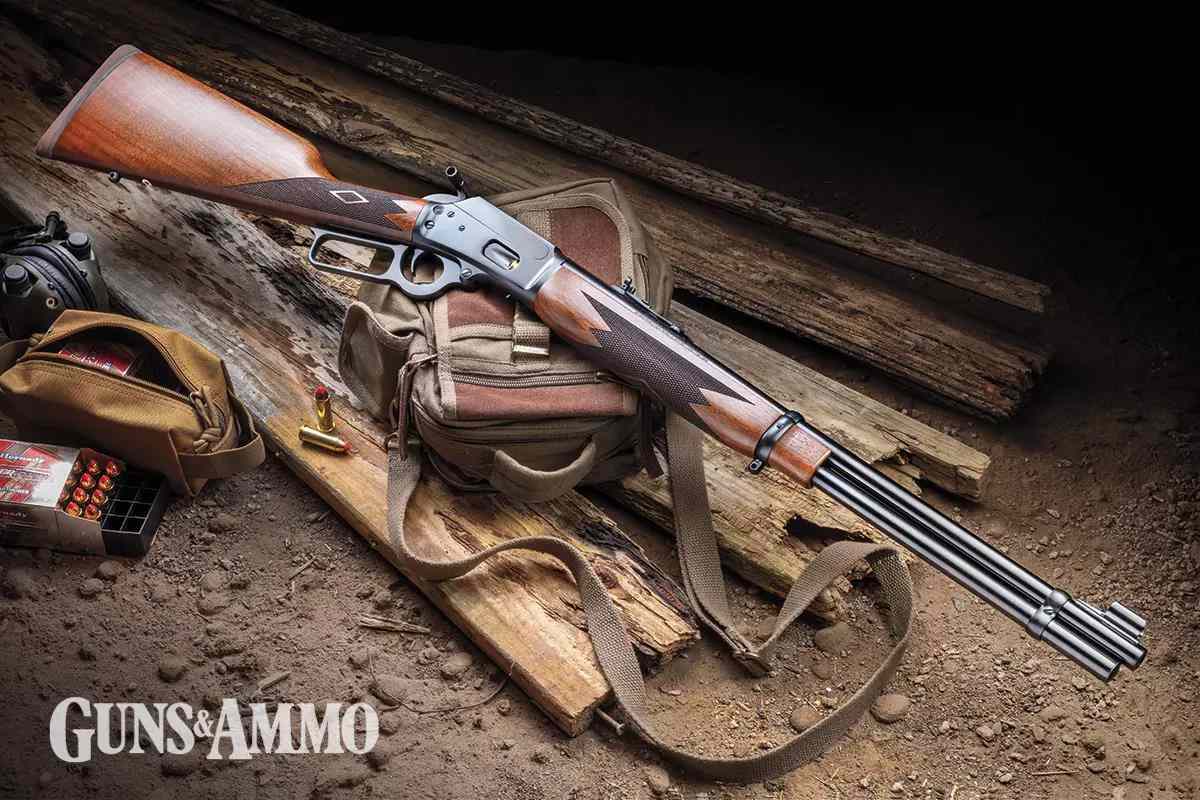Ruger’s purchase of Marlin is proving to be the best firearms brand acquisition of the 21st century. Marlin, as it was originally incorporated in 1870, made fine rifles ranging from rimfires to models in .45-70. What Marlin didn’t have was much in the way of prints or modern manufacturing techniques. That proved especially challenging when the Freedom Group purchased Marlin in 2007 and shuttered the North Haven, Connecticut, plant the following year. Marlin endured some difficult years through its move to Remington’s factories in New York, Kentucky and Alabama. Many Marlin employees decided not to move, so the designs were reverse engineered. Marlin still turn out decent rifles, but quality was inconsistent.
When Freedom Group declared bankruptcy, Ruger purchased Marlin in 2020. Given that there were few prints and detailed specifications for Marlin products, Ruger fit classic designs to its modern manufacturing process. It took time to create fixtures, design processes and eliminate inefficiencies within Ruger’s lean manufacturing environment. Established in North Carolina, the current chapter in Marlin’s history engineered detailed prints for the 1895, first, the 336, second, and then the 1894. New machines were purchased, manufacturing cells and assembly lines established, as well as protocols and quality standards to build Marlin rifles. Every part was reengineered and prototypes had to be tested to Ruger’s standard before a complete Marlin rifle was released.

The results have been impressive. Tedious though the work might have been, Marlin is now building the best rifles it has made in decades — perhaps ever. While there will always be an appreciation for what gunsmiths can accomplish, on a mass-production scale few lever-action rifles can best the consistency coming out of Marlin. Computers attached to milling machines have become so detailed and precise that it is possible to hold tolerances that were historically impossible. For 2023, Marlin has released the Model 1894 Classic in .44 Magnum.

Now, Marlin has the prints it needs as well as detailed Computer Numerical Controlled (CNC) programs to make every part for these rifles. Not content to solely rely on computers, every parts are gauged by quality control personnel to ensure conformity. These Marlin rifles are gauged more than 130 times before leaving the Mayodan, North Carolina, factory.
Advertisement
The attention to detail is evident throughout. The fitment and smooth sheen across the Marlin Model 1894 Classic is better than any production-sample ’94 Guns & Ammo has evaluated. G&A’s staff also found that performance was consistent from one sample to the next. While the plant that produces Marlin rifles is as modern as modern manufacturing gets, the Model 1894 Classic can be judged against Marlin’s historical examples. Generations of American riflemen have loved the Model 1894, especially after it was chambered in .44 Magnum in 1969.
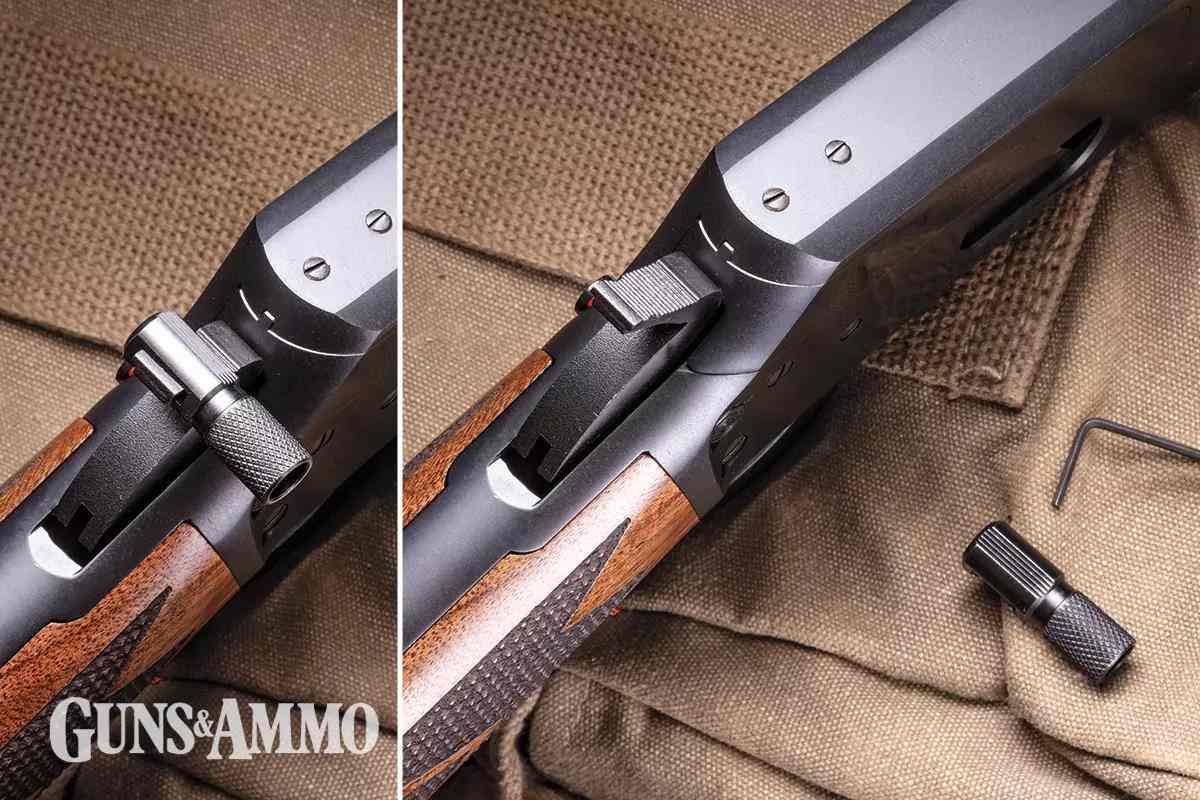
Marlin still uses a forged steel receiver that ejects to the side, a notable feature that made Marlin’s lever-action different than Winchester’s. Side ejection enabled Marlin to design a carrier that supported cartridges of various lengths. Opening the lever on a Marlin allows one cartridge to leave the tubular magazine, but the carrier rises before a second cartridge can exit. Unlike the cartridge carrier in Winchester’s leverguns, Marlin rifles chambered in .44 Magnum will also fire cartridges in .44 Special and .44 Russian. G&A tested this Model 1894 with both .44 Magnum and .44 Special ammunition. There were no malfunctions.
Marlin’s Model 1894 Classic still uses a forged receiver that is CNC’d to its final dimensions. Forging is an ideal process for a receiver because the pressure used to shape the metal eliminates voids or microscopic air pockets that could lead to weakness. Forging also compresses the steel, making it denser and resistant to fracture.
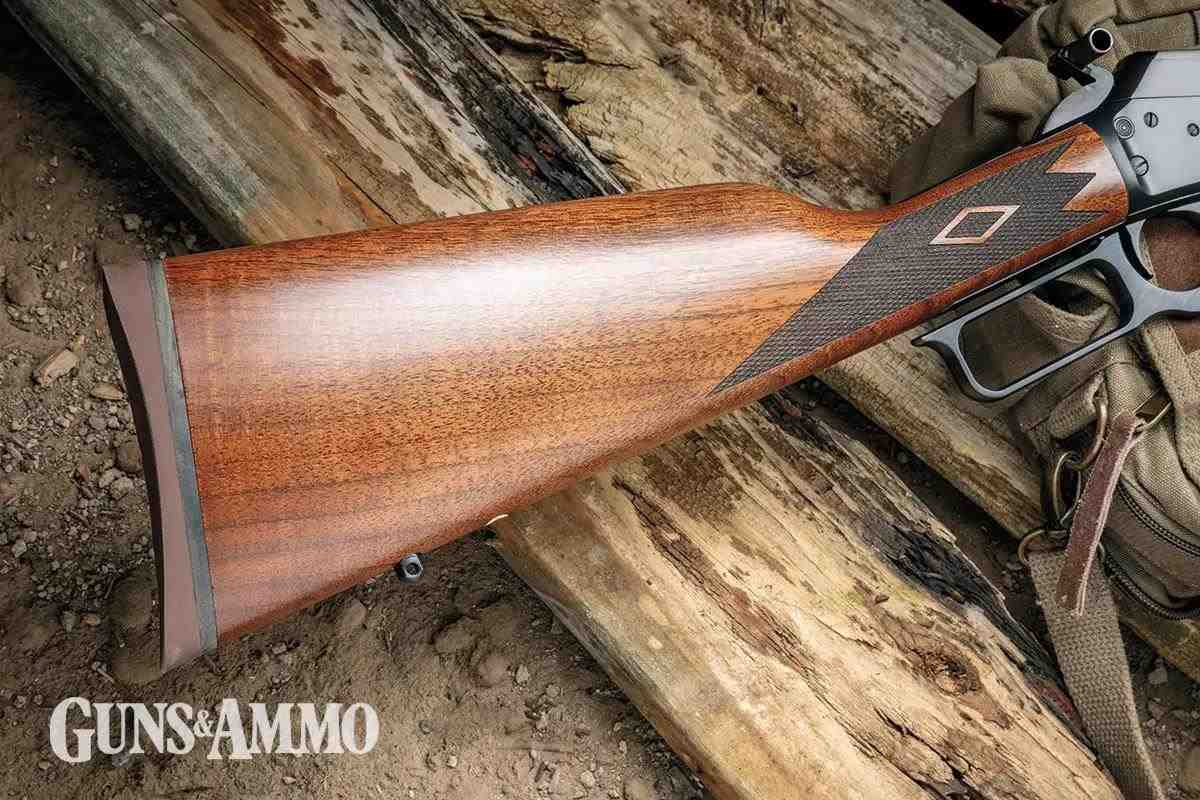
Another important feature of the Model 1894 — present since L.L. Hepburn’s 1893 patent — is the square bolt. Opening the action on the Model 1894 reveals a large square cut on the left side of the bolt near the back where the firing pin protrudes. That square cut is the slot into which the locking block extends when closing the action. This is a significant source of the design’s great strength. Once the bolt is closed, a steel lug ensures it stays closed during firing. This is one reason why the Model 1894 was a great platform for higher-pressure ammunition that followed the blackpowder era.
The locking block performs the vital function of holding the bolt closed during firing, but it also moves the two-piece firing pin into place so that the rifle can only fire when the action is fully closed. Marlin designed this safety feature into the original Model 1894, using it ever since. The bolt contains a two-piece firing pin that is purposefully misaligned once the lever begins movement downward. Working the lever cycles the action, but it isn’t until the locking lug is almost fully seated that it moves the firing pin back into alignment. Watching the back of the bolt as it closes makes this firing-pin rotation visible. Designing the 1894 this way ensured that it was impossible for the rifle to fire without the locking lug present and holding the bolt closed. It’s a safe and strong arrangement.

The Model 1894 Classic has a blued steel barreled receiver with a blended walnut stock featuring a straight grip. Touchpoints are checkered on the grip and forend. In addition to the forged receiver, the Classic has a hammer-forged, six-groove, 1-in-20-inch twist barrel. Hammer-forged barrels are new on these Marlin rifles and offer longer barrel life. The fixed, brass-bead front sight sits on a serrated ramp and is guarded by a steel hood, often missing on vintage rifles. The buckhorn rear is dovetailed to the barrel and can be adjusted for elevation.
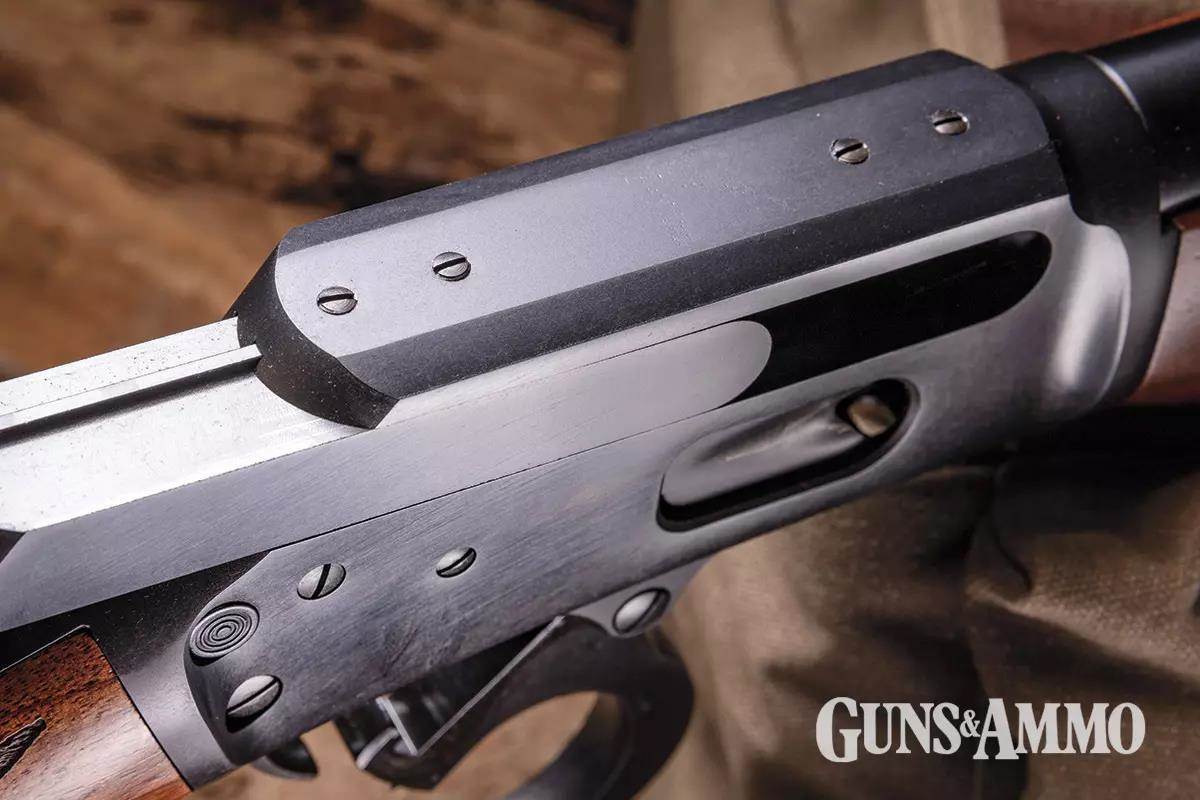
The Marlin brand has gone through periods where rifles were excellent, sometimes inconsistent. Sturm, Ruger & Co. has changed Marlin for the better, though. The performance and quality of the Model 1895 and Model 336 were exceptional. The Model 1894 is nothing less. You may notice a red bullseye above the rear sling swivel. It’s a respectful hat-tip to Marlin’s history that denotes Ruger’s production era; older Marlin rifles feature a black-dot bullseye. That subtle touch is worth a smile. It’s difficult to imagine a better Marlin levergun than those produced today.

Marlin Model 1894 Classic
- Type: Lever action
- Cartridge: .44 Magnum/.44 Special
- Capacity: 10+1 rds. (.44 Magnum)/11+1 rds. (.44 Special)
- Barrel: 20.25 in.; 1:20-in. twist
- Overall Length: 37.75 in.
- Weight: 6 lbs., 7 oz.
- Stock: Black walnut, checkered
- Length of Pull: 13.6 in.
- Finish: Blued (steel)
- Sights: Post, hooded (front); buckhorn notch, adj. (rear)
- Safety: Two-position crossbar
- MSRP: $1,239
- Manufacturer: Marlin, 800-544-8892, marlinfirearms.com
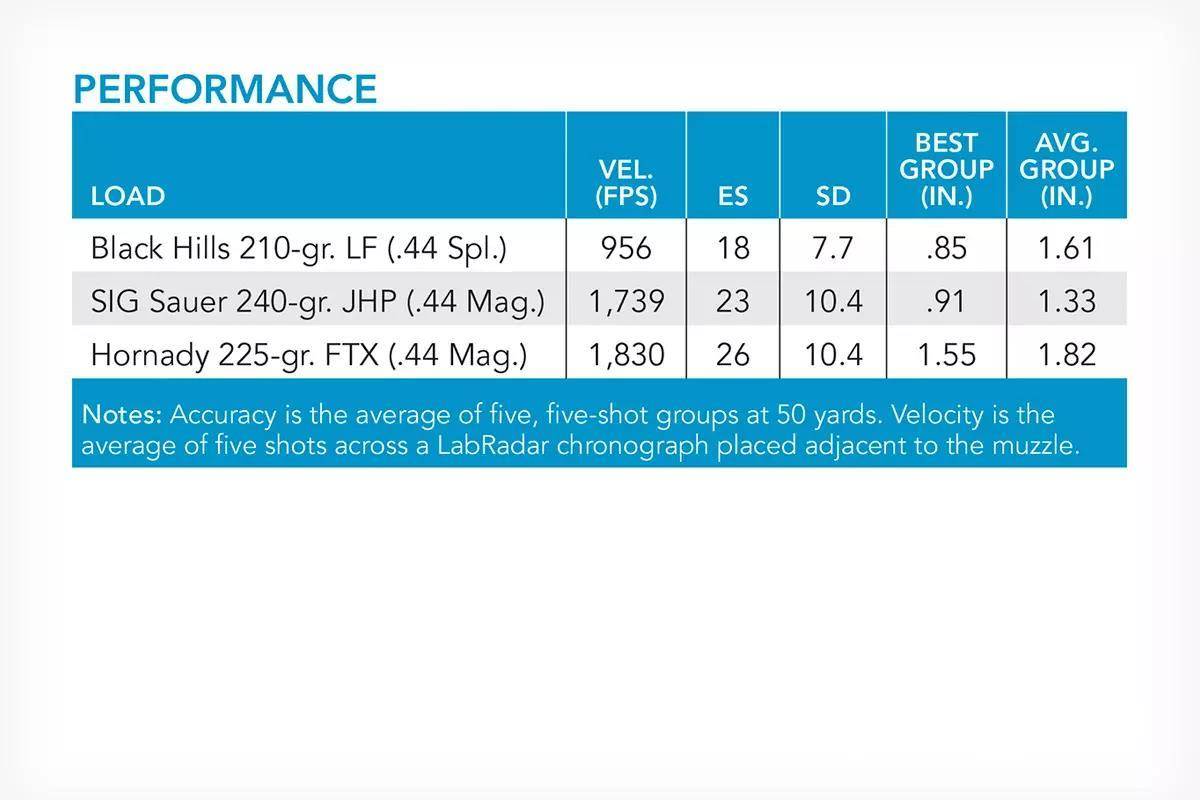
Read the full article here


